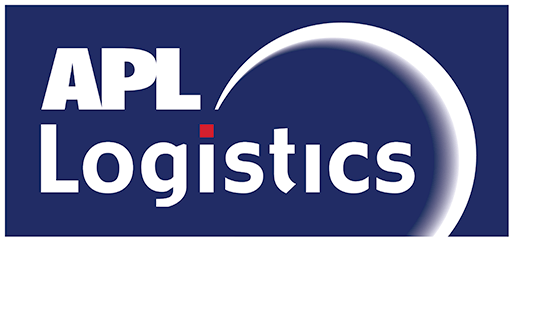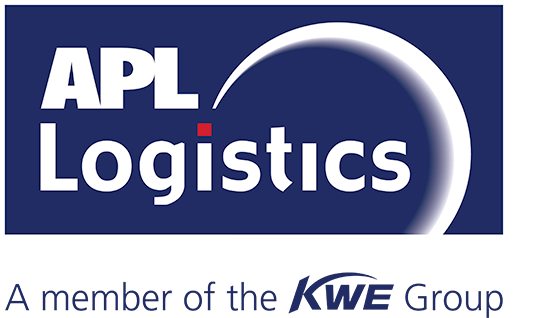February 10, 2022 in Articles
4 Strategies to Adopt for Retail Supply Chain Resilience in 2022
When will things return to normal? With retail supply chains still reeling from the pandemic’s upheaval, businesses and consumers alike worry that 2022’s outlook isn’t all that different from 2021’s fallout.
The reality is that going back to normal won’t be an option – instead, retail supply chains will need to adapt and evolve to compete and maintain customer promises that have been so important in a competitive market.
Expectations are high in the consumer world. Keeping up with the Amazon effect, next-day delivery, same-day delivery, click and collect, etc, have all resulted in customer impatience when their expectations cannot be met. Impatience which can result in lost sales and ultimately a lost customer. When disaster upends a supply chain model making it impossible for vendors to meet customer expectations, challenges will inevitably ensue.
Before COVID, supply chain management’s focus was on product development, speed to market and cost reduction exercises. We now see the focus shift towards creating a more resilient supply chain and ensuring product availability at the most ‘efficient’ cost. This sometimes comes at the detriment of short-term product margins, but with the primary objective to keep customer loyalty intact and maintaining the customer promise.
Managing Risk in Order to Build Supply Chain Resilience
So, what does supply chain resilience really mean? Ultimately, it means that retailers need to better manage risk. And this risk management needs to be fully connected – end to end. Resilient supply chain management begins with raw material procurement, and continues on to encompass production, supply and the ever-dynamic retail logistics processes that eventually put the product in the consumer’s hands.
We see smart retailers adopting specific supply chain strategies with a focus on:
1. Near Sourcing
2. Logistics Outsourcing and Diversification
3. Enhanced Visibility and Predictability
4. Supplier Relationship Management
1. Near Sourcing
Sourcing from Asia and the Indian subcontinent has always been a common supply chain strategy due to the low cost of production. European retailers rely heavily on Asia. Merchandise trade at the end of 2019 was around $1,5 trillion between Asia and Europe. Half of China’s exports to Europe are delivered to Germany, the Netherlands and the UK ($178 billion). With pandemic lockdowns creating new complications for transcontinental trade, many European companies are reconsidering the benefits of Asia’s low production costs.
So is it easy to simply move out of Asia and source locally in Europe? Of course not.
There are many considerations that need to take place – most notably finding manufacturers and suppliers that can produce what is needed, and at the right price.
That being said, a reduction in transportation costs can help counterbalance the production cost discrepancy. Ocean freight rates are unprecedented. But it is also fair to say that this is not the first time we have seen rates fluctuate significantly, and therefore, we anticipate that rates will stabilise again. Does it make sense, then, to increase production costs by moving to Europe or the Middle East for some short-term savings on transportation then? Perhaps so, if this strategy also circumvents the challenge of accessing capacity to ensure that you can in fact deliver upon your customer promise. What we do see now are retailers moving just a portion of their business into Europe and the Middle East, to try to offset the transportation cost, mitigate capacity risk, maintain sales and limit margin erosion.
2. Logistics Outsourcing and Diversification
Another strategy is to position key logistics processes, activities and services with logistics service providers and introduce new service providers. Right now we see this being done in different ways.
One common approach has been to diversify transport providers – ocean carriers, hauliers/truckers etc. The sentiment here is that if you want to manage risk appropriately, “don’t put all your eggs in one basket.”
With a diversification strategy, it’s important to have an overarching, neutral and agnostic partner, or multiple partners (depending on the global scale of your business) to orchestrate the management and control, providing one single version of the truth by integrating information from your carriers and truckers.
Diversification not only manages risk, but also creates healthy competition and generates more value. The key to enabling this, however, is having a strong, reliable and value-driven supply chain partner manage this process on your behalf.
3. Enhanced Visibility and Predictability
Visibility is important. You want to be able to see your orders/SKUs move through your international and domestic supply chain end to end. Other than visibility, the other key is in enabling predictability and therefore being able to proactively intercept and act at any stage of the supply chain. In particular, we see this with global brands that source and operate in multiple markets. They leverage supply chain partners who offer supply chain visibility solutions and people on the ground to manage this process. We see more businesses investing in digital technologies like the IoT to support tracking and provide real-time visibility that enables quick manoeuvrability.
Studies reveal that 51% of supply chains recognise the need for further investment in digital technologies like the IoT.
Source: Gartner | Hype Cycle for Supply Chain Strategy 2020 Report
4. Supplier Relationship Management
Finally, having strong relationships with your domestic or international suppliers is critical to managing risk and ensuring service continuity. COVID has not only impacted retailers but also impacted suppliers who are unable to manufacture or move merchandise. Having a healthy, trusting yet performance-driven relationship with your suppliers and vendors will be crucial now and in the future. Adopting vendor management programmes with your logistics supply chain partner at origin is a great way to have your feet on the ground and regular interaction with your suppliers/vendors, reviewing performance, reviewing cost and making sure there is a forum for two-way dialogue.
Integrating Numerous Strategies Into One Supply Chain Solution
The reality is that all the strategies and initiatives mentioned can be tackled and integrated into a single roadmap towards supply chain resilience.
A strategic supply chain management partner can work collaboratively with your vendors and suppliers, support and enable sourcing profile changes, orchestrate end to end supply chain processes, enable diversification of ‘on the ground’ logistics providers, and integrate them into a single visibility solution for predictive and proactive management and control.
These elements can then transform the traditional retail supply chain model, with its isolated focus on independent processes and components, into a fully integrated, controlled, resilient supply chain that mitigates and manages short/mid- and long-term risk.
Author: Mark Ward, Commercial Head, EMEA at APL Logistics
CONNECT WITH MARK ON LINKEDIN


